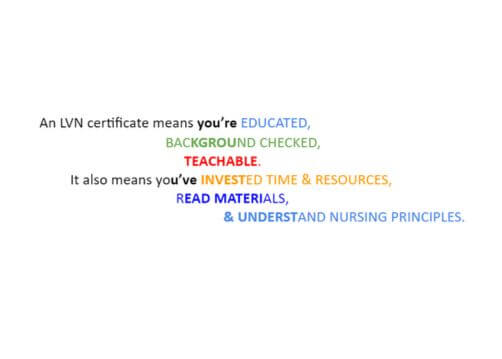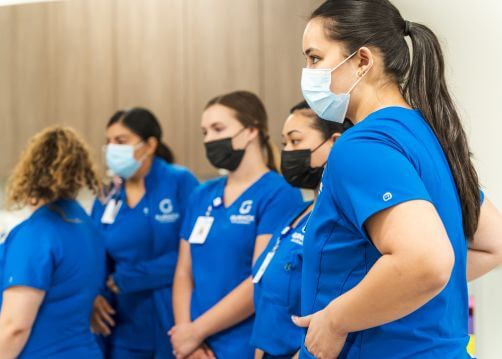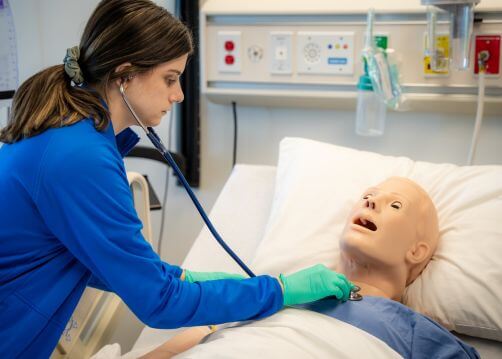Basics About A California LVN Program
Date: May 31, 2017
There is an estimated shortage of approximately 300,000 nurses to meet the needs felt all over the world. That number is expected to double in the next fifteen years. The demand for nurses with advanced education is the highest. The best way to start your nursing education is to enroll in a California LVN program, from which you can move on to being a registered nurse after successfully graduating.
LVN is an acronym used in Texas and California, and it stands for Licensed Vocational Nurse. The responsibilities that come with this job vary from state to state. Still, the purpose of a California LVN program is to provide individuals with knowledge and practice related to bedside nursing care.
A California LVN program graduate’s scope of practice refers to assisting with daily living activities, administering medications and treatments such as range of motion, dressing changes, and inserting Foley catheters, as well as checking the patient’s vital signs. Hospitals usually employ California LVN program graduates, but they can also work in other facilities, such as physicians’ offices, skilled nursing facilities, schools, clinics, home health agencies, and correctional facilities.
Graduating from a California LVN program and working as an LVN is uncommon for individuals who wish to support themselves while pursuing the Registered Nurse qualification. Knowing that some RN schools allow LVNs to receive credit for some courses through exams is especially true. The typical California LVN program will offer one-year courses of study.
In the state of California, numerous sources provide proper LVN programs for the state licensing nursing exam. A California LVN program will last for 52 weeks and provide its participants with the necessary learning experience to achieve the goal of entering the world of vocational nursing.






